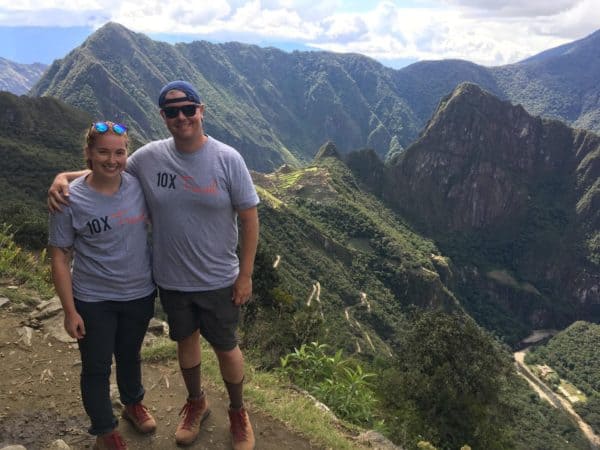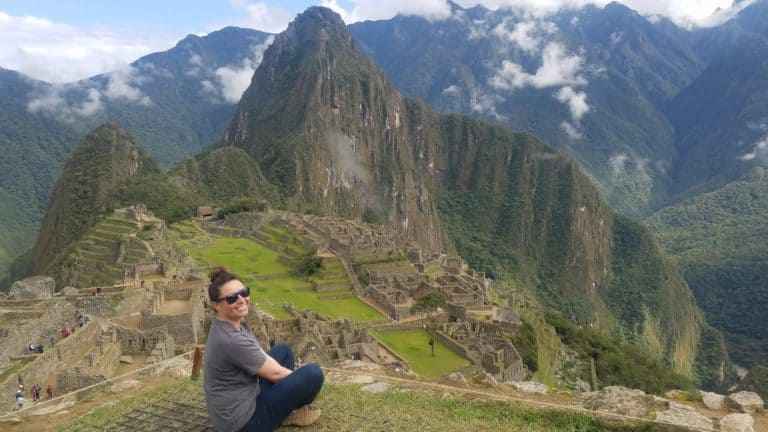
10xTravel is part of an affiliate sales network and receives compensation for sending traffic to partner sites, such as CreditCards.com. This compensation may impact how and where links appear on this site. This site does not include all financial companies or all available financial offers. Terms apply to American Express benefits and offers. Enrollment may be required for select American Express benefits and offers. Visit americanexpress.com to learn more. All values of Membership Rewards are assigned based on the assumption, experience and opinions of the 10xTravel team and represent an estimate and not an actual value of points. Estimated value is not a fixed value and may not be the typical value enjoyed by card members.
Note: Some of the offers mentioned below may have changed or may no longer be available. The content on this page is accurate as of the posting date; however, some of our partner offers may have expired. You can view current offers here.
For solo travelers, Peru might seem like an intimidating destination at first. A lot of visitors start in Lima and then fly to Cusco to see Machu Picchu and the Sacred Valley—there are plenty of organized tours and treks to cover local attractions. As a result, many unique destinations get skipped.
However, from its coastline to the Andean peaks, the country offers quite a bit of diversity for a wandering soul. It’s also not that difficult to move about the country as a solo traveler. Below are some ideas to help you do just that.
What is Peru Hop?
For starters, Peru Hop, a bus company, covers a lot of ground between Lima and Cusco. With stops in several towns, it’s designed with a hop-on, hop-off system in mind. You often see examples of this in large cities like London where a tour bus takes you from the Tower of London to the London Eye to Westminster Abbey.
Peru Hop has a similar concept, but instead of transporting you from one attraction to another, the bus takes you from one city to another. More than 20 itineraries are available, and you can start at any of the available stops.
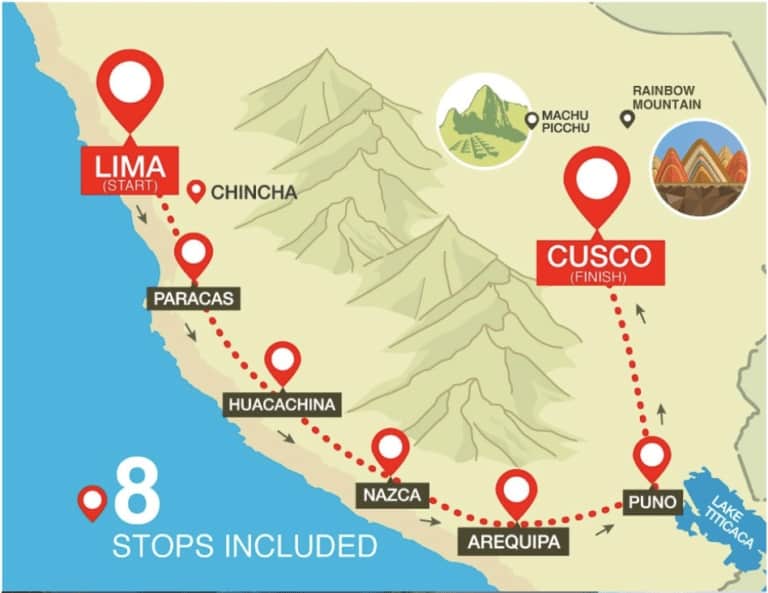
Image Courtesy of Peru Hop
Once chosen, the itinerary is set, but you can stay at each stop for a long as you like. One week in Paracas to learn kitesurfing? No problem. Two weeks in Arequipa to study Spanish? Why not? You have a full year to use the ticket.
Change your pickup dates as you see fit or put them on hold if you don’t know your plans yet. Simply update your booking 12 hours before, and you’re set.
My Experience with Peru Hop
Each Peru Hop bus includes an English-speaking guide. Because you’re not always going to be traveling on the same bus, the guides don’t stay the same, either. As with most tours, your experience will depend on the guide you have. I met three guides on my trip, and two of them were energetic and fun.
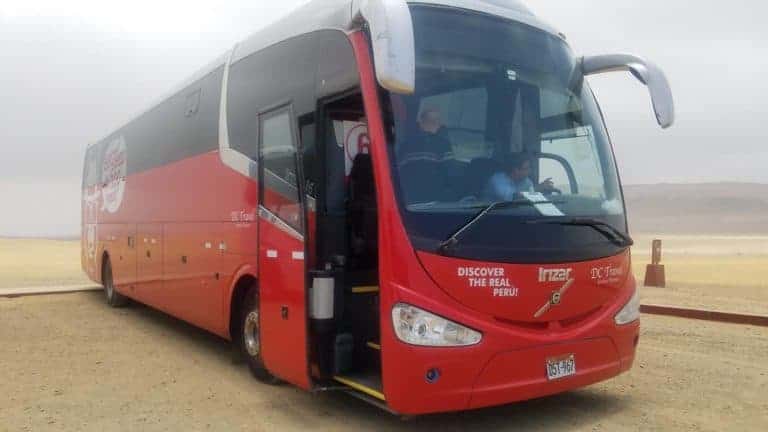
Peru Hop Bus | Photo by Anya Kartashova
What I particularly enjoyed about the service is that free hotel pickups were included. As a solo female traveler, I didn’t need to go to a bus station on my own, sometimes at 5 a.m., and haggle with the taxi mafia. A minivan showed up within a given time frame and took me to a Peru Hop departure point. The same thing happened upon arriving in a big city. Another minivan made hotel drop-offs at the end of every bus journey. Convenient pickup and drop-off service is one of the main reasons I bought a Peru Hop pass.
The pass also includes a number of free excursions during your itinerary. Free activities on my Peru Hop journey included a tour of the slave tunnels at the Hacienda San Jose in Chincha, a tour of the Paracas National Reserve, pisco tasting in Ica and a stop at a Nazca Lines viewing tower.
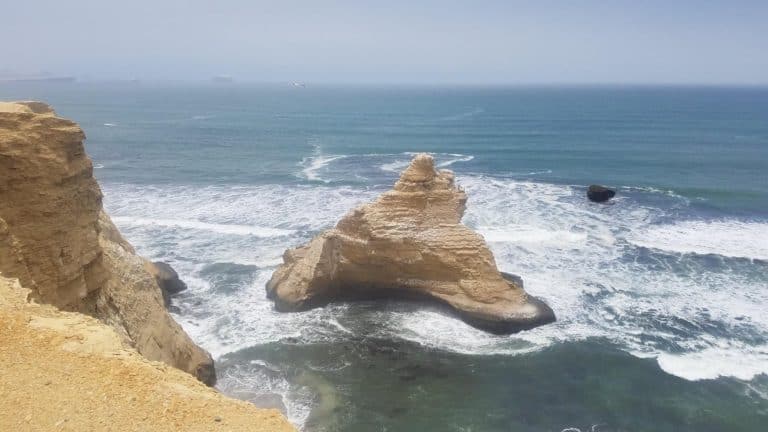
Paracas National Reserve | Photo by Anya Kartashova
The one thing I would improve in their service is offering Wi-Fi to passengers. When you’re on the go, you don’t always know where you’re going to stay at the next destination. Because you have to provide your pickup information to a Peru Hop guide, you have to keep booking accommodations in advance.
How to Use Credit Card Points to Book a Peru Hop Ticket
The price you pay for a Peru Hop pass depends on the itinerary you choose. I went with the Full South from Cusco itinerary for $199. I paid with my Ink Business Preferred® Credit Card, but, unfortunately, the purchases didn’t code as travel.
A possible solution here can be using the Barclaycard Arrival Plus World Elite Mastercard and then calling the bank to request to use points to erase the purchase manually. Other alternatives can include using the Capital One® Venture® Rewards Credit Card and using its purchase eraser tool to offset the cost of the bus pass.
Capital One Venture Rewards Credit Card
75,000
miles
once you spend $4,000 on purchases within 3 months from account opening, equal to $750 in travel.
Annual Fee: $95
How to Travel Solo to Machu Picchu
My Peru Hop itinerary ended in Cusco, which means I was on my own for the Machu Picchu portion of the trip.
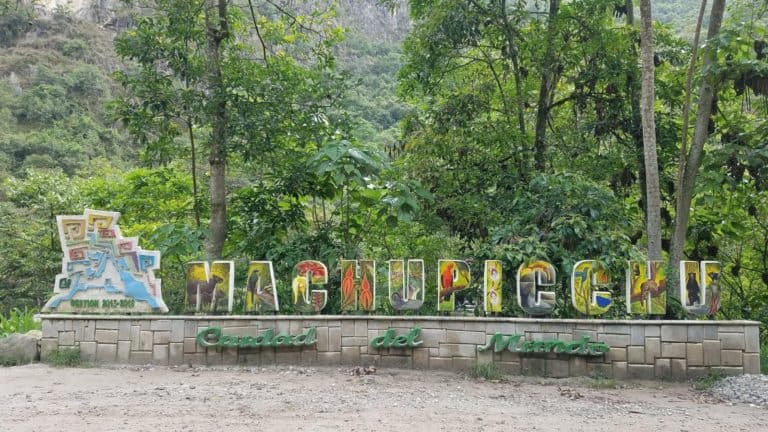
Photo by Anya Kartashova
The Inca Trail is one of the most popular ways to Machu Picchu. It takes four to five days to complete the journey, but short treks of two days are possible as well.
The Peruvian government allows no more than 500 people on the Inca Trail per day. For this reason, hiking permits are required. Costs vary from operator to operator, but expect to shell out somewhere in the neighborhood of $600 to $1,000 for the opportunity to hike the famous trail and be among the first people to walk through the Sun Gate toward the ancient site.
Unless you’re fit and resistant to altitude sickness, you probably want to skip the Inca Trail. I decided that it wasn’t for me, so I opted for a more leisurely journey that doesn’t require setting my lungs on fire. I chose to travel by train along the winding path of the Urubamba River.
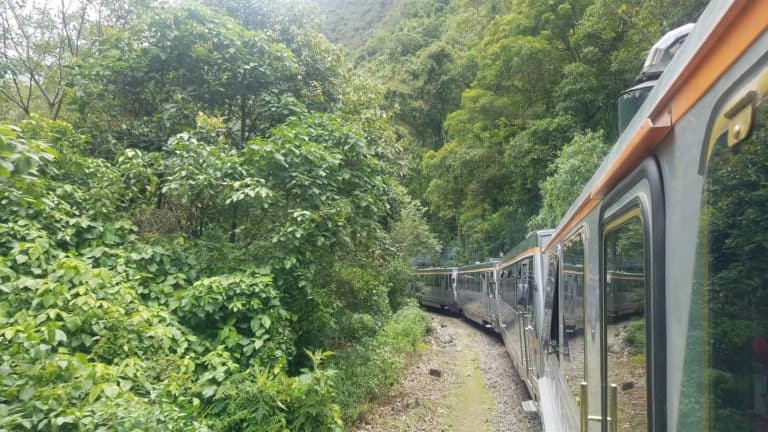
Photo by Anya Kartashova
I woke up in Cusco and walked to a bus stop on Pavitos Street where colectivo (minivan) drivers, not unlike seagulls, try to grab you and take you to Ollantaytambo, a small town in the heart of the Sacred Valley with a train station. An hour and a half and 10 soles (about $3) later, I arrived at the train station in Ollantaytambo where I exchanged my voucher for a train ticket.
You have a choice to book with either PeruRail or Inca Rail. Inca Rail’s departure times worked a little better for me, so I chose to go with them and had booked my train ticket about two weeks before the journey.
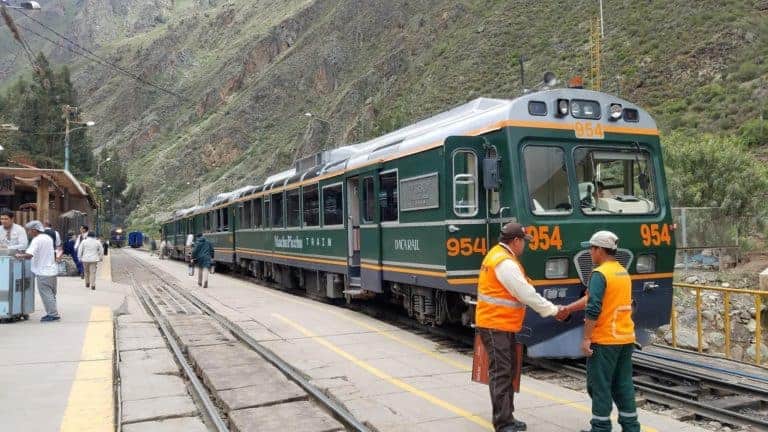
Inca Rail | Photo by Anya Kartashova
Normally, round-trip tickets start at $118, but buying them in advance allows for the most discounts. My round-trip train ticket cost $105 including outbound in the Voyager car and return in the 360° car. The trip took another hour and a half, and I was stepping onto the platform in Machu Picchu town with nothing but sheer excitement.
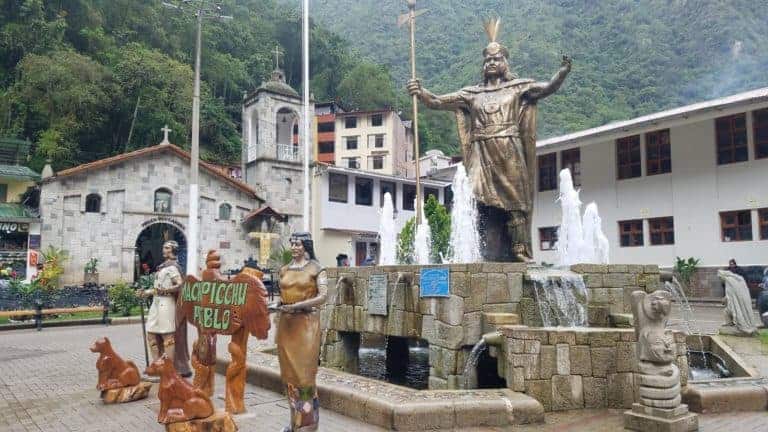
Machu Picchu town | Photo by Anya Kartashova
I stayed the night in town and woke up at 4 a.m. the following day to get ready and line up for the bus toward Machu Picchu. The buses start running at 5:30 a.m., but you gotta get in line by about 5 a.m. The bus takes about 30 minutes to reach the site’s gates and costs $12 each way. Otherwise, you can hike an almost-vertical trail to the main entrance for free, which was difficult for me even on the way back (I rode the bus up and hiked down).
No matter how you visit the most iconic site of Incan civilization, you’ll remember it for a lifetime.

Machu Picchu | Photo courtesy of Anya Kartashova
My Experience with Inca Rail
When I exchanged my train voucher, an agent congratulated me and told me I’d been upgraded to The First Class car. However, I was traveling with a companion I had met about 10 days before on my Peru Hop bus, and I felt a little bad about taking the upgrade. We asked if he could get upgraded as well, and she recommended we double-check at check-in. Lo and behold, while we sat in the fancy-schmancy waiting room, another agent confirmed the second upgrade.
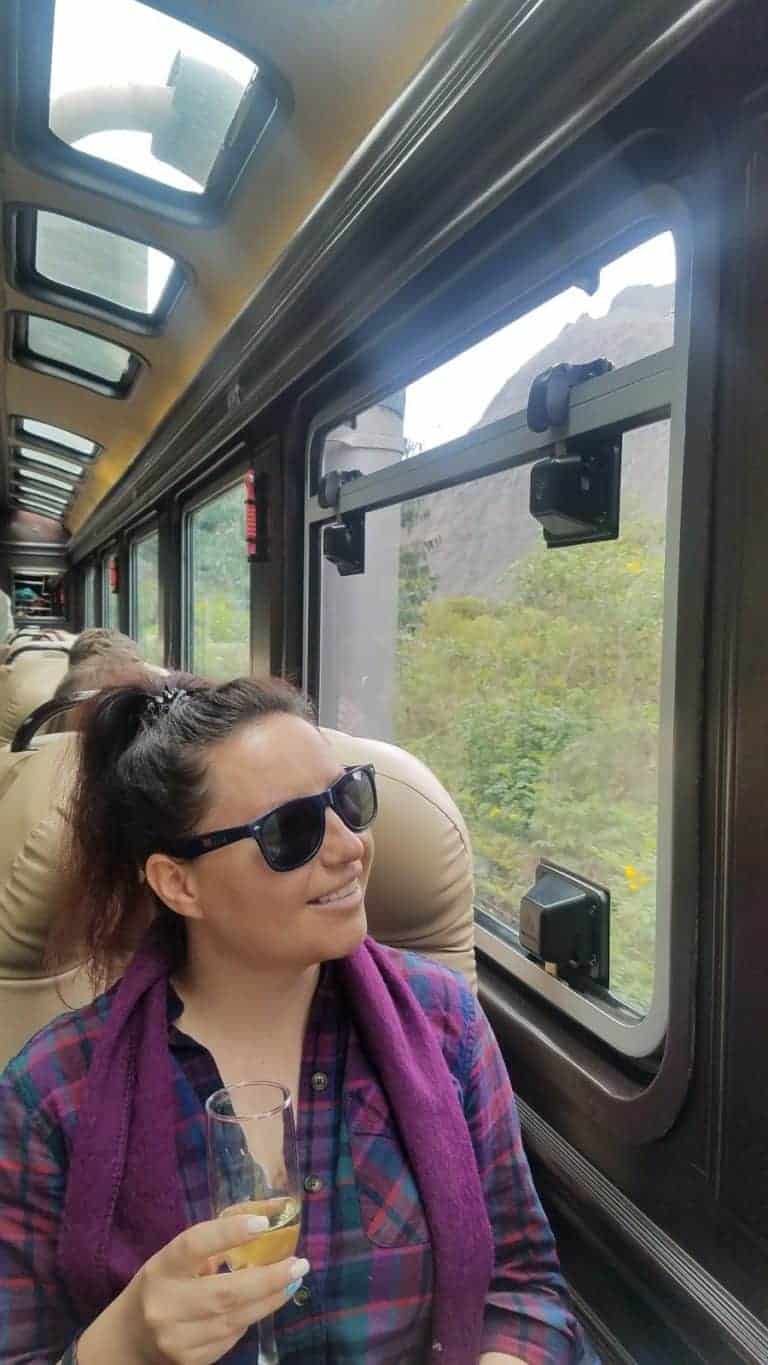
The First Class on Inca Rail | Photo courtesy of Anya Kartashova
The First Class car features just 30 seats, and I felt like royalty as soon as I stepped inside. The servers welcomed my friend and me on board, showed us to our plush seats and poured a couple of glasses of sparkling wine.
What followed was an hour and a half of the most attentive service, a three-course meal and even a pisco sour bar. I enjoyed some fresh air and magnificent views on an open balcony of the Observatory Lounge and a coca leaf tea to alleviate some of the altitude sickness symptoms. They even included a thoughtful amenity of insect repellent.
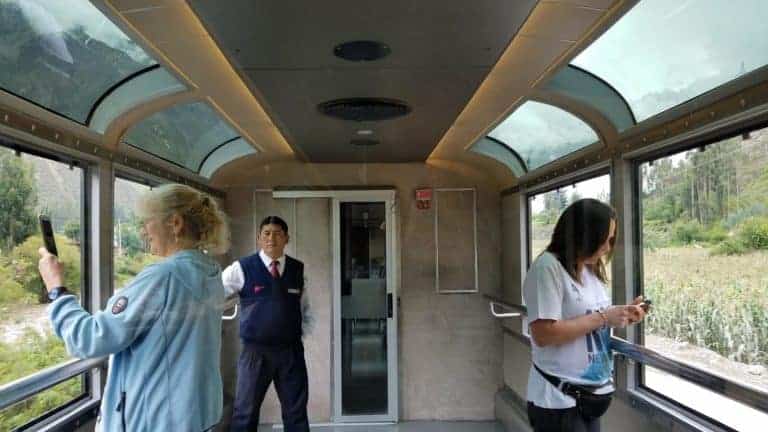
The 360° on Inca Rail | Photo by Anya Kartashova
On the return, I rode in The 360° car that featured tall panoramic windows and a meal consisting of a chicken sandwich, a breakfast bar and a piece of fruit. A neighboring observation car also provided excellent views of the mountains. Overall, both train trips were enjoyable.
Final Thoughts
Traveling to Machu Picchu and other parts of Peru doesn’t have to be a frightening experience. Luckily, there’s an easy system in place to alleviate some of the stress of traveling without a tour guide. A little bit of planning on your part is still required, but it’s minor details, such as when you want to visit one of the New Seven Wonders of the World and where you want to stay.
New to the world of points and miles? The Chase Sapphire Preferred® Card is the best card to start with.
With a bonus of 75,000 bonus points after you spend $5,000 on purchases in the first 3 months from account opening. , 5x points on travel booked through the Chase Travel Portal and 3x points on restaurants, streaming services, and online groceries (excluding Target, Walmart, and wholesale clubs), this card truly cannot be beat for getting started!
Editors Note: Opinions expressed here are author’s alone, not those of any bank, credit card issuer, hotel, airline, or other entity. This content has not been reviewed, approved or otherwise endorsed by any of the entities included within the post.







